What is Printful?
Printful is a print-on-demand (POD) service that lets you design, print and sell custom merchandise through your own online store or via an ecommerce marketplace like Amazon, eBay or Etsy.
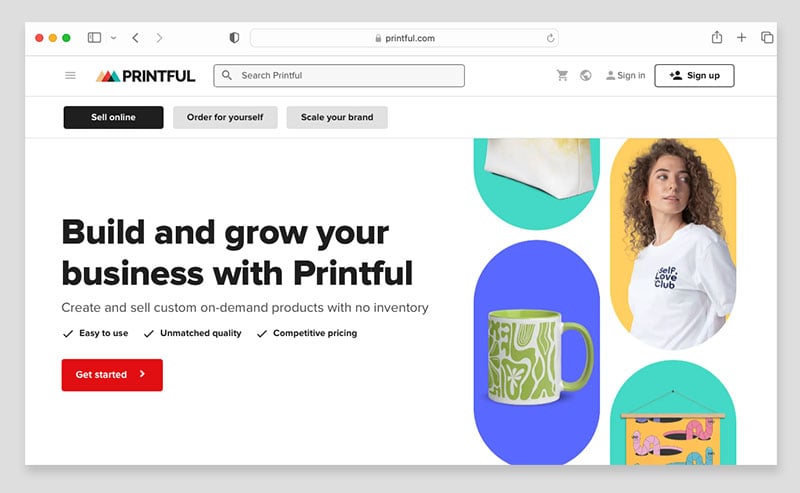
It provides you with a wide range of printable products that you can add your own brand or designs to — and doing this is very straightforward thanks to Printful’s product template builder, which includes an easy-to-use design tool.
But Printful doesn’t just print your products for you!
It also provides a complete range of ‘fulfillment services’ — in other words, the company also packages your products and ships them to your customer for you.
The key benefits of a print-on-demand fulfillment service like Printful for ecommerce merchants are twofold:
- You don’t need to pay any upfront inventory costs.
With Printful, you don’t need to pre-order any products and there are no order minimum quantities. This means you don’t have to invest in warehousing or storage for products that may or may not sell when you list them on your store. Furthermore, the company only charges you when a customer completes an order on your store — so technically, the full cost of printing and delivering a product to a customer can be covered by the customer’s payment for that product at time of purchase. - You can avoid time-consuming fulfillment tasks on product orders.
Because Printful takes care of printing, packing and delivering your items to your customer for you, you save a huge amount of time that can be devoted to other key tasks like developing your brand and promoting your store.
With the rise of Printful and similar services, it has never been easier to start a print-on-demand business. In fact, the global print-on-demand market is projected to be worth $39.87 billion by 2030, which explains why more and more online merchants are looking to get into this potentially lucrative selling space.
So let’s take a quick look next at how many people use Printful…
How many people use Printful?
According to the company, Printful currently has over one million registered users, making it one of the biggest print-on-demand services on the market today.
Over a quarter of a million Printful users operate their own storefronts on ecommerce platforms such as Shopify, Wix and WooCommerce. Of these, Shopify is by far the most popular tool used in conjunction with Printful, with over 194,000 Printful app installations being made on Shopify (compared to 79,400 on Wix and 10,200 on WooCommerce).
Printful was founded by Latvian businessmen Lauris Liberts and Davis Siksnans in 2013; the company hit the significant milestone of 5 million printed products five years later in 2018. Since then, Printful’s processing numbers have grown exponentially — the company has now processed 76.2 million items in total, with a current average of 1 million items being processed each and every month.

Printful is a privately-owned company, and — thanks to a $130 million investment by private equity investor Bregal Sagemount in 2019, it is is the first privately-owned enterprise with Latvian roots to be valued at over $1 billion US dollars.
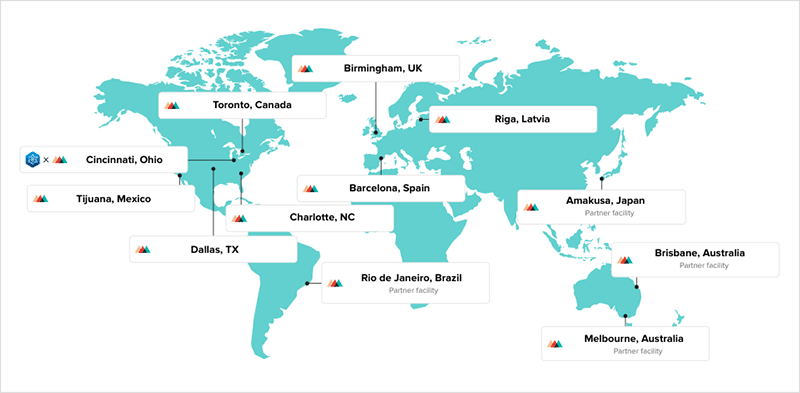
A key USP of Printful is the fact that unlike most competing print-on-demand services, a large proportion of Printful orders are printed in-house (i.e., in a Printful-owned production facility) rather than being outsourced for printing to third-party printers.
But how exactly does Printful work?
How Printful works
To create a viable print-on demand business you need three things: products, a sales channel (online store or marketplace) and a fulfillment service.
Printful gives you all three of these in the form of:
- product creation tools
- integrations with ecommerce platforms and marketplaces
- packing, shipping and delivery services.
Let’s take a quick look at each of these.
Product design
Printful gives you a choice of 340+ customizable print items to choose from. Each of these can be customized via Printful’s drag-and-drop ‘product designer’ (more on which later).
Importantly, every Printful product comes with detailed product descriptions and mockup images that can be imported easily into your chosen sales channel (meaning that you don’t have to worry about product photography or copywriting).
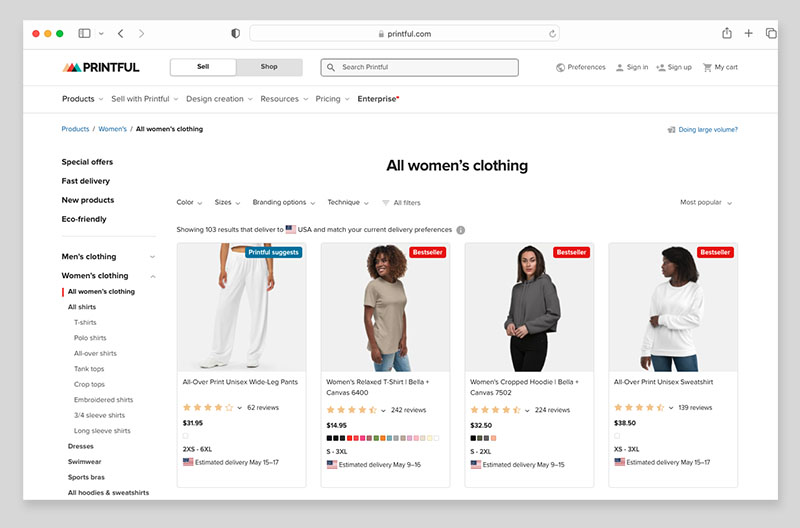
Sales channels
You can sell Printful products on 23 different sales channels, including well-known online store builders like Shopify, Squarespace and Wix, and online marketplaces like Amazon, eBay and Etsy.
You connect Printful to these via ‘integrations’ — these are available on the Printful website and extremely easy to implement.

When you connect your Printful account to a sales channel using one of these integrations, a two-way flow of information between Printful and your ecommerce platform / online marketplace is created.
You can easily add Printful products to your store, and Printful automatically receives order data (and payment) when a customer buys one of these products.
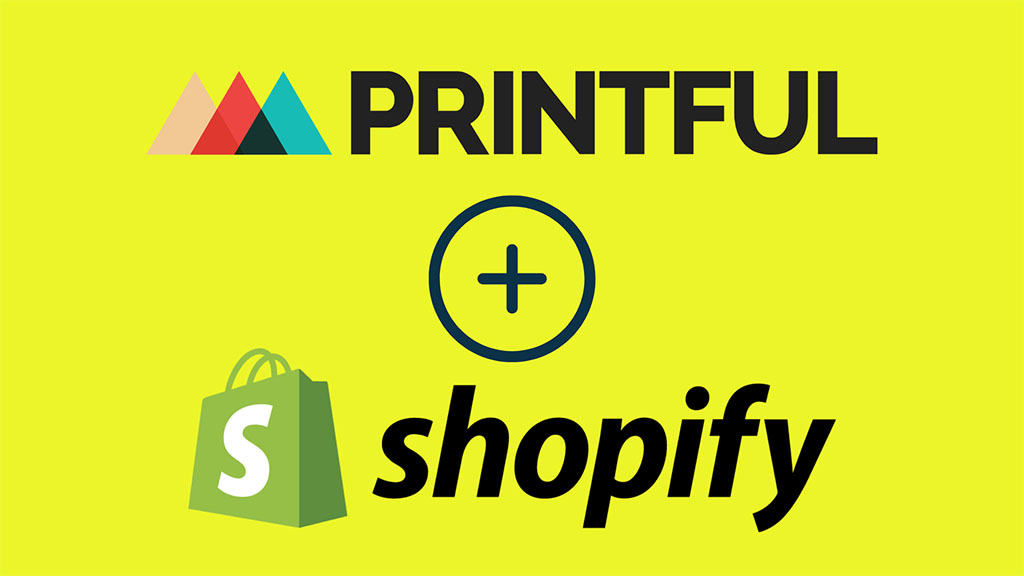
Fulfillment
When a sale occurs on your store, Printful…
- deducts its fee from your sale price
- prints the item
- packages it up
- ships it to your customer.
I’ll dive into the nitty-gritty of all of the above as we go through this review, but first, let’s take a quick look at the kinds of things you can sell with Printful.
Printful’s product range
Printful’s product catalog currently features around 340 products. This range is larger than those offered by competitors like Spring, Spreadshirt or SPOD (which let you sell / print 125+, 175+ and 200+ products respectively).
However, some companies offer significantly larger product catalogs than Printful. A notable example here is key competitor Printify, which gives you a choice of 850+ products to sell on your store — twice Printful’s offering.
(You can check out our Printful vs Printify comparison here or read our Printify review here).
That said, it’s worth bearing in mind that Printful prints its full range of products in its own printing facilities rather than outsourcing this work to third-party printers (like Printify does). This gives Printful full control over the production process of your goods.
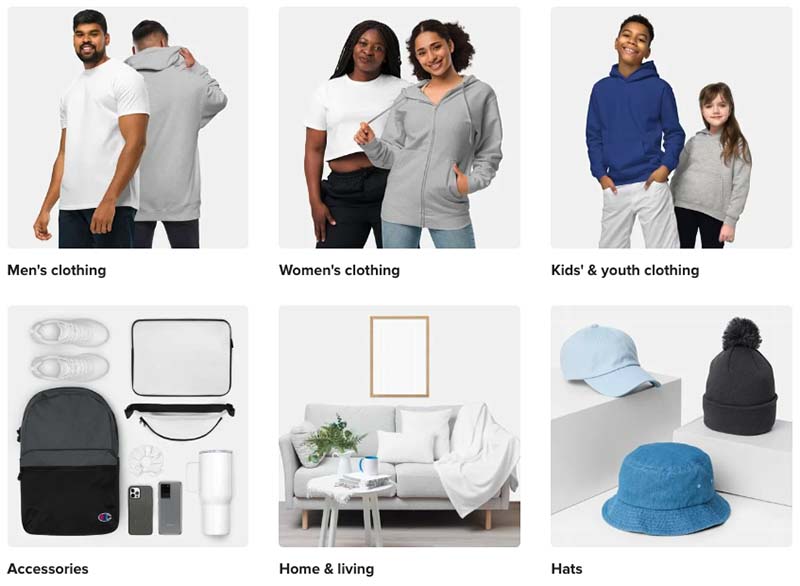
Printful’s product range covers 6 main areas of printable goods.
These are:
- Men’s clothing — including shirts, t-shirts, jackets, hoodies, sweatshirts, pants, swimwear and underwear.
- Women’s clothing — including tank tops, crop tops, t-shirts, dresses, sports bras, skirts, robes, swimwear and leggings.
- Kids’ & youth clothing — including hoodies, jackets, baby bibs, baby bodysuits, shirts and swimwear.
- Hats — including beanies, baseball caps, snapbacks, trucker hats, bucket hats and visors.
- Accessories — including tote bags, fanny packs, handbags, flip flops, shoes, socks, phone cases, laptop cases, mouse pads and face masks.
- Home and Living — including posters, canvas prints, blankets, candles, water bottles, mugs, notebooks, greeting cards, aprons, towels, pet products and beauty products.
Now, Printful’s product library, which you use to find a product to customize, is extremely good.
When you search this library, you’ll quickly see the range of available colors for products, along with sizes, estimated delivery times, and most importantly, the price of each item.

You can also search for products based on the manufacturer of the item. And on this front, it’s worth noting that Printful sources its clothing products from around 30 different brands, including some very well-known ones, like Adidas and Champion.
Being able to name-drop a household brand name into a product description on your online store can be a real plus, because it gives you a general selling point along with the opportunity to charge a relatively high premium for a product (people expect to pay more for an item from a brand they recognize and respect).

Significantly, when you’re browsing products to add to your store on Printful, you can view reviews of these products from people who have ordered an item. These reviews include user feedback and also feature a rating chart that covers key areas such as ‘product quality,’ ‘fit,’ ‘print quality’ and ‘recommend to others.’
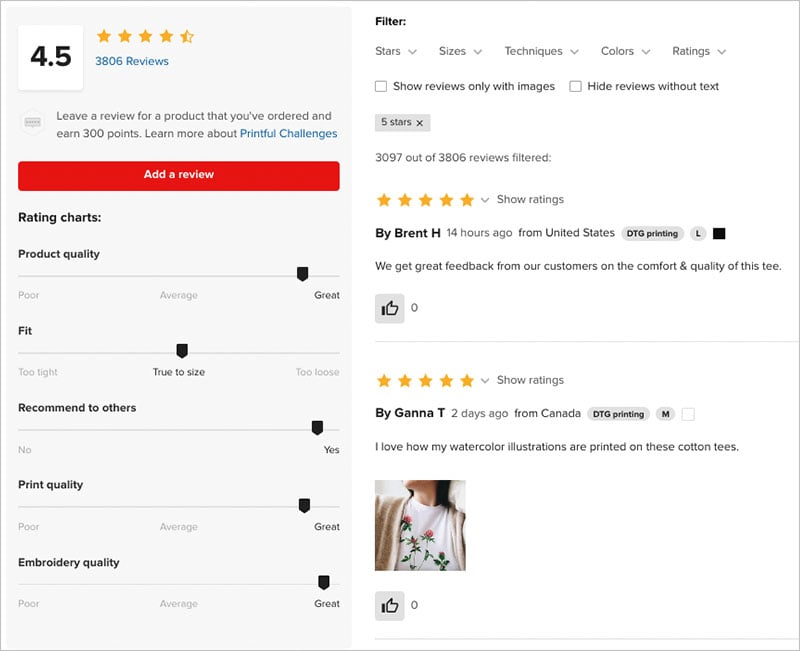
Very few of Printful’s POD competitors take such a transparent approach to community reviews of their products, so a thumbs up to Printful for this.
Print quality
Printful has a reputation for being the POD company with the consistently best print quality — and it’s fair to say this reputation is deserved.
The company has invested over $83 million in its own printing equipment over the last 10 years, which has resulted in it being able to tightly control the print quality of each and every item.
Whether you read feedback from Printful customers on its own website or on those of its integrations partners, print quality is frequently mentioned as a key differentiator between Printful and most competing POD services (who tend to outsource their print processes to third-party printers).
The example below, from a Shopify user, is a typical one.
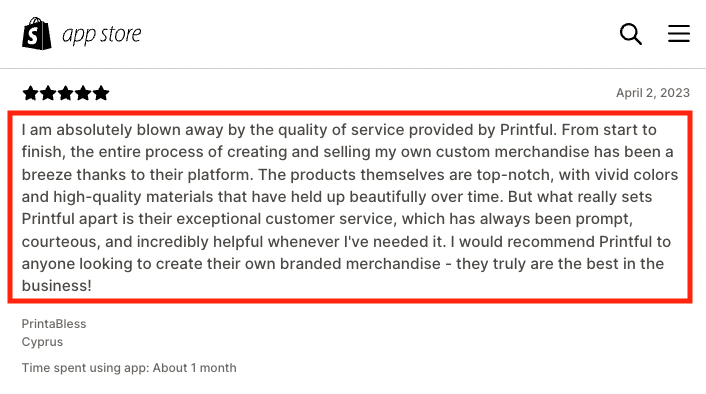
Depending on the product you want to list on your store, Printful give you a range of printing options for it.
These include:
- Direct-to-garment (DTG) printing — this printing method sprays ink directly onto the product and can be used to add detailed multi-color and photographic elements to your clothing and other fabric products.
- All-over printing — this method uses a heat press to transfer designs to a fabric before the product is cut to size and sewn into the final product.
- Sublimation — similar to all-over printing, sublimation involves embedding your design into the material of a product rather than printing on top of it. This is frequently used for hard-surfaced items like mugs and water bottles, as well as some textile products.
- UV Printing — often used for printing phone cases, UV printing involves using UV light to cure ink graphics, which results in the formation of a hard coating finish.
- Cut & Sew — often combined with some of the other printing methods, this involves cutting and sewing a garment to its completed form after another printing method has been used to apply the design to the material.
- Embroidery — there are two options for embroidery, ‘flat’ and ‘3D puff’. Flat embroidery gives the embroidered piece a flat finish so that it is more or less level with the garment, and ‘3D puff’ embroidery gives a raised look to a piece by adding a foam insert between the embroidery and the main fabric.
Of all the print-on-demand services we researched when preparing this post, customer reviews of the print quality of Printful products were the most positive of the lot.
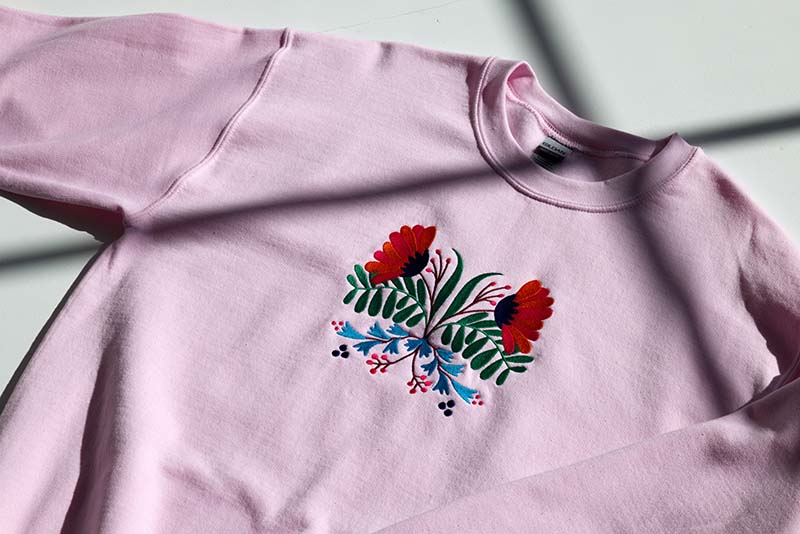
Now, Printful products undergo a 3-step quality assurance process before they are shipped to your customers.
First, the quality of the graphics you’ve applied to a Printful product are checked using automated software. After this, Printful’s in-house team check the quality of the raw products and the print process as the products are being printed. And lastly, the company runs a final quality check once your product has been fully customized.
All of this results in Printful having a return rate of orders due to quality concerns at less than 0.24% of all purchases.

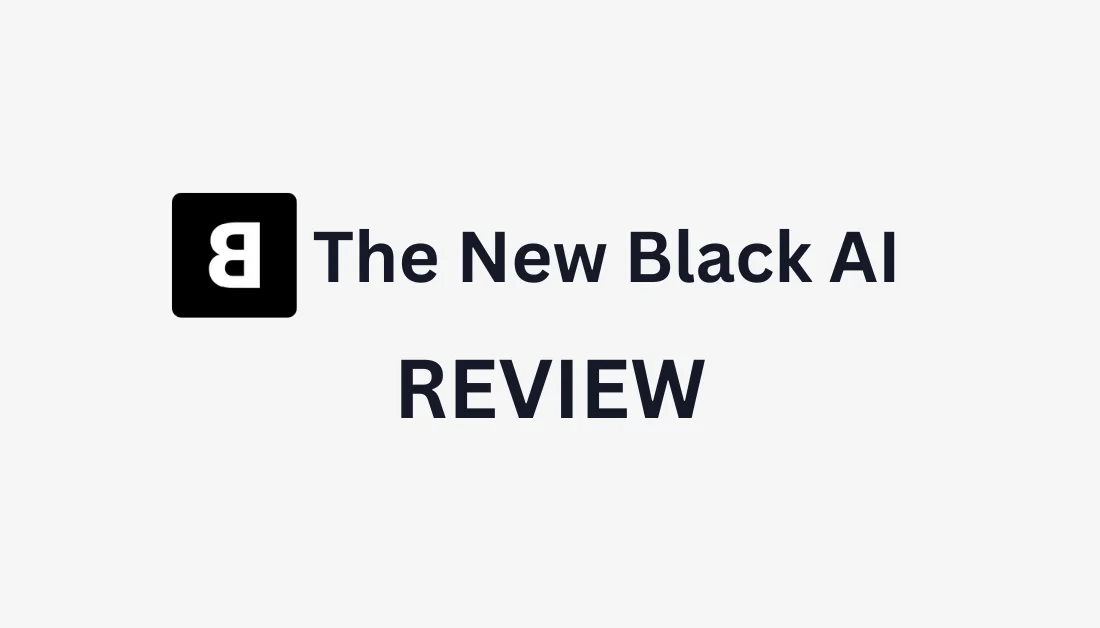
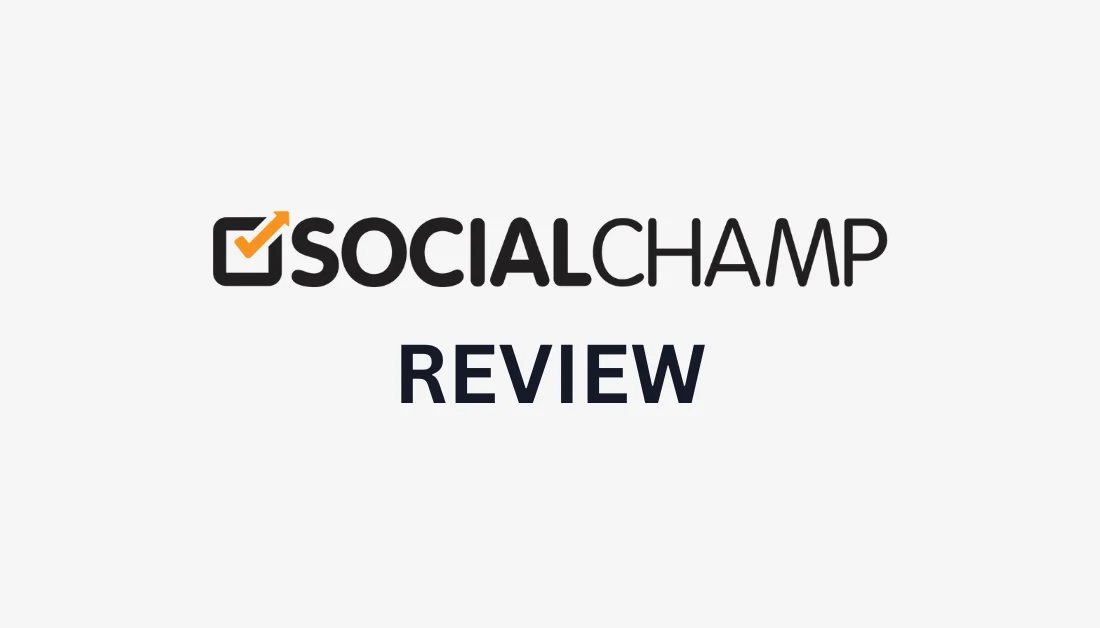
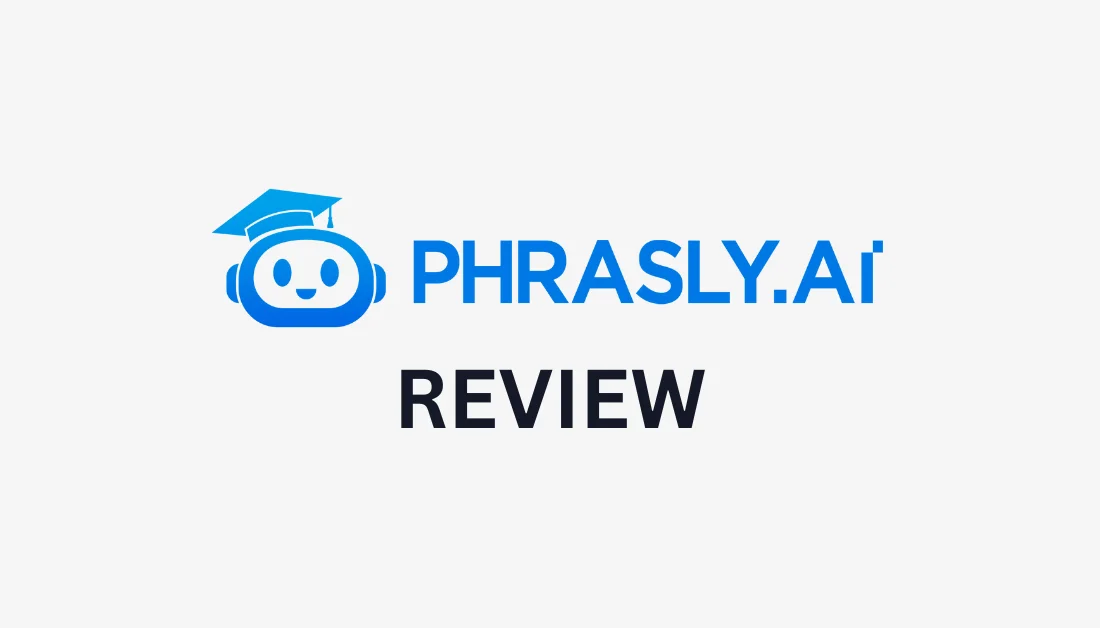
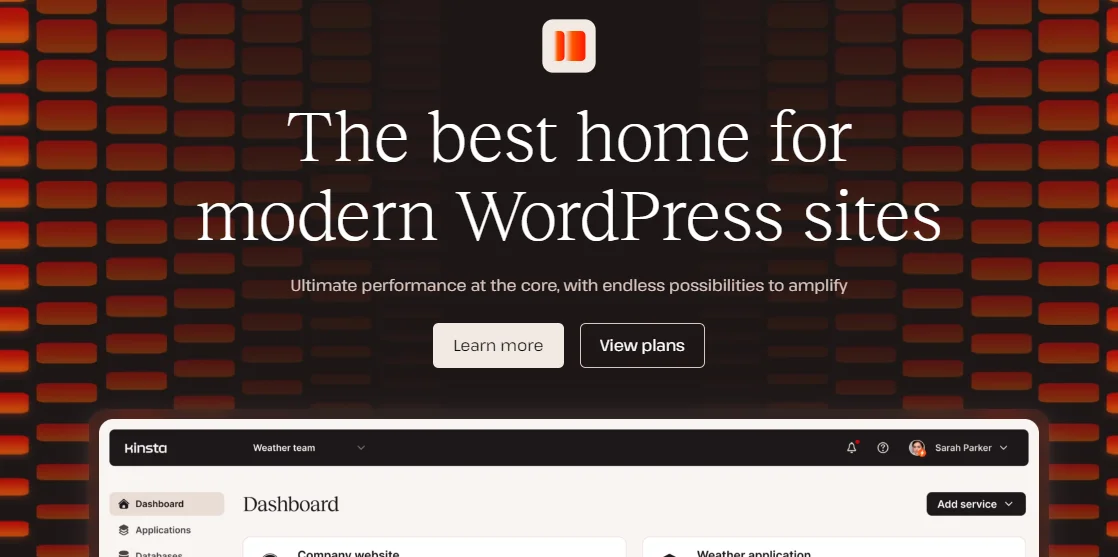
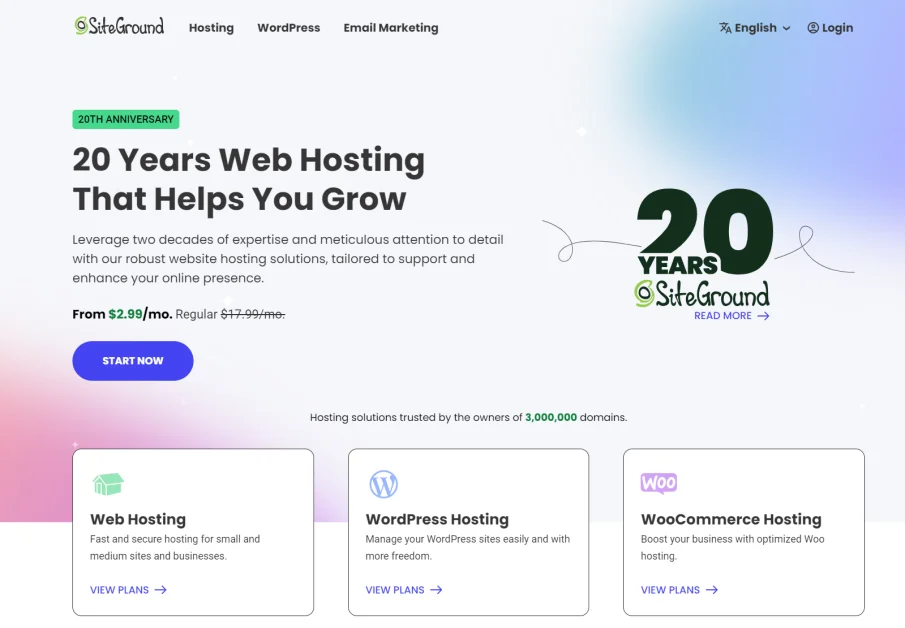
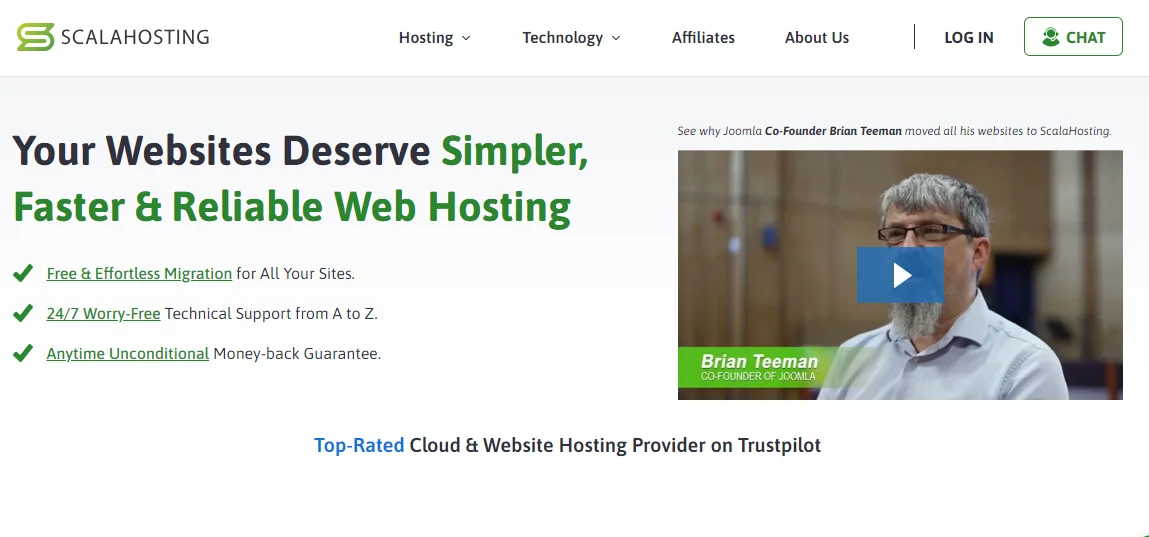
Can you be more specific about the content of your article? After reading it, I still have some doubts. Hope you can help me.